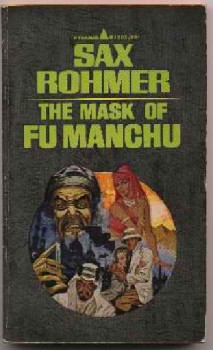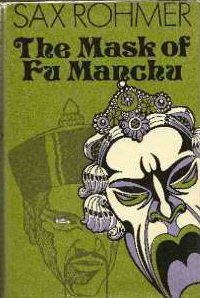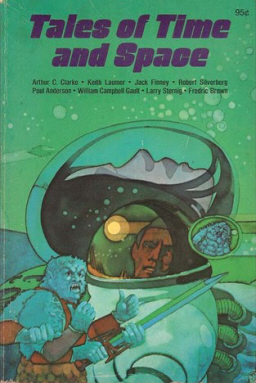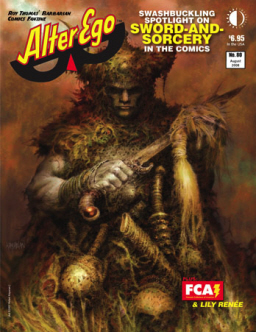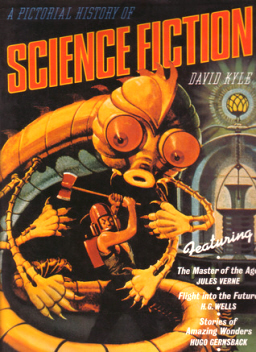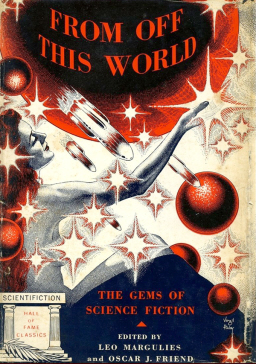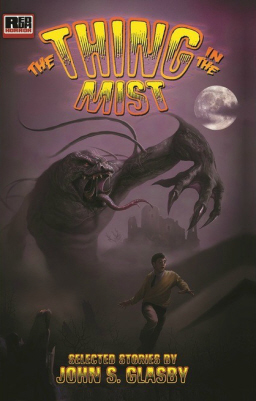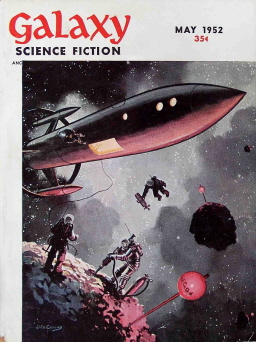Galaxy Science Fiction, October 1950: A Retro-Review
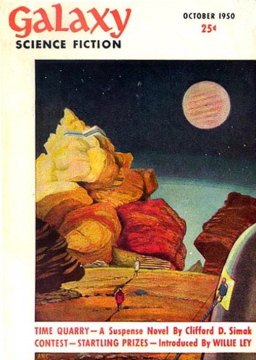 Continuing in my discovery of Galaxy magazine, I began reading the first issue, dated October 1950. I knew what I’d never see in Galaxy, and but what fiction would I discover within?
Continuing in my discovery of Galaxy magazine, I began reading the first issue, dated October 1950. I knew what I’d never see in Galaxy, and but what fiction would I discover within?
“Time Quarry” by Clifford D. Simak is the first of a three-part serial. I don’t see this done often with modern magazines, but it seems like back in the Fifties, novel serializations were part of the norm. I wonder how the rights and payment worked out for that, but I digress.
In Part 1, Asher Sutton returns to Earth after disappearing for twenty years on a space exploration mission to 61 Cygni. Little is known of the planet he landed on; no other ship can get near it due to unexplained anomalies. Since his return, Sutton has drawn attention, both from those who want information and those who want him dead.
“Third From the Sun” by Richard Matheson – A family plans to escape from a world on the brink of war. All they need to do is to take a spaceship for themselves and leave everyone but their closest neighbors behind.
Third From the Sun became the title of Matheson’s first paperback short story collection, published by Bantam Books in 1955.
“The Stars are the Styx” by Theodore Sturgeon – Mankind has the tools for creating vast inter-galactic travel, but it will take 6,000 years to set up the framework. Volunteers are sent (usually as married pairs) out to distant points within the galaxy, and when all are in place, they will create a connected network for instant transportation to each location.
Each person’s choice to go out or return to Earth is made at Curbstone, an Earth satellite run by a man sometimes referred to as Charon. Of the latest arrivals, Charon takes interest in Judson, a young man who seems certain to become Outbounder, provided he doesn’t get too distracted by those who are still undecided.
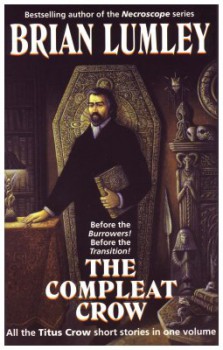 Titus Crow first appeared in Lumley’s 1971 story, “The Caller of the Black”. Crow’s credentials as a psychic sleuth and occult investigator are impressively vetted in the story, as he defeats both mortal and immortal enemies through the cunning application of the standard Lovecraftian eldritch lore, a shower faucet and a window pole. From the outset, it is clear that Crow inhabits the same deadly universe as
Titus Crow first appeared in Lumley’s 1971 story, “The Caller of the Black”. Crow’s credentials as a psychic sleuth and occult investigator are impressively vetted in the story, as he defeats both mortal and immortal enemies through the cunning application of the standard Lovecraftian eldritch lore, a shower faucet and a window pole. From the outset, it is clear that Crow inhabits the same deadly universe as 